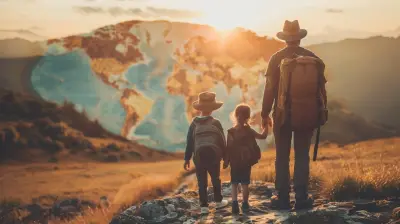Picturing Tradition: The Power of Cultural Photography
22 June 2025
Let’s face it—we live in a world obsessed with visuals. Instagram, Facebook, Pinterest—you name it—images rule the internet. But beyond the dreamy travel selfies and perfectly edited cappuccino art, there’s a deeper, more meaningful form of photography out there. One that connects us with real stories, ancient rituals, and heritage that stands the test of time. Yep, I’m talking about cultural photography.
Now don't roll your eyes just yet! Cultural photography isn’t just for National Geographic or museum walls. It’s for anyone who’s curious, open-minded, and ready to dive into the soulful side of travel. So, buckle up as we take a photo-filled journey into the heart of tradition and why capturing it matters more now than ever before.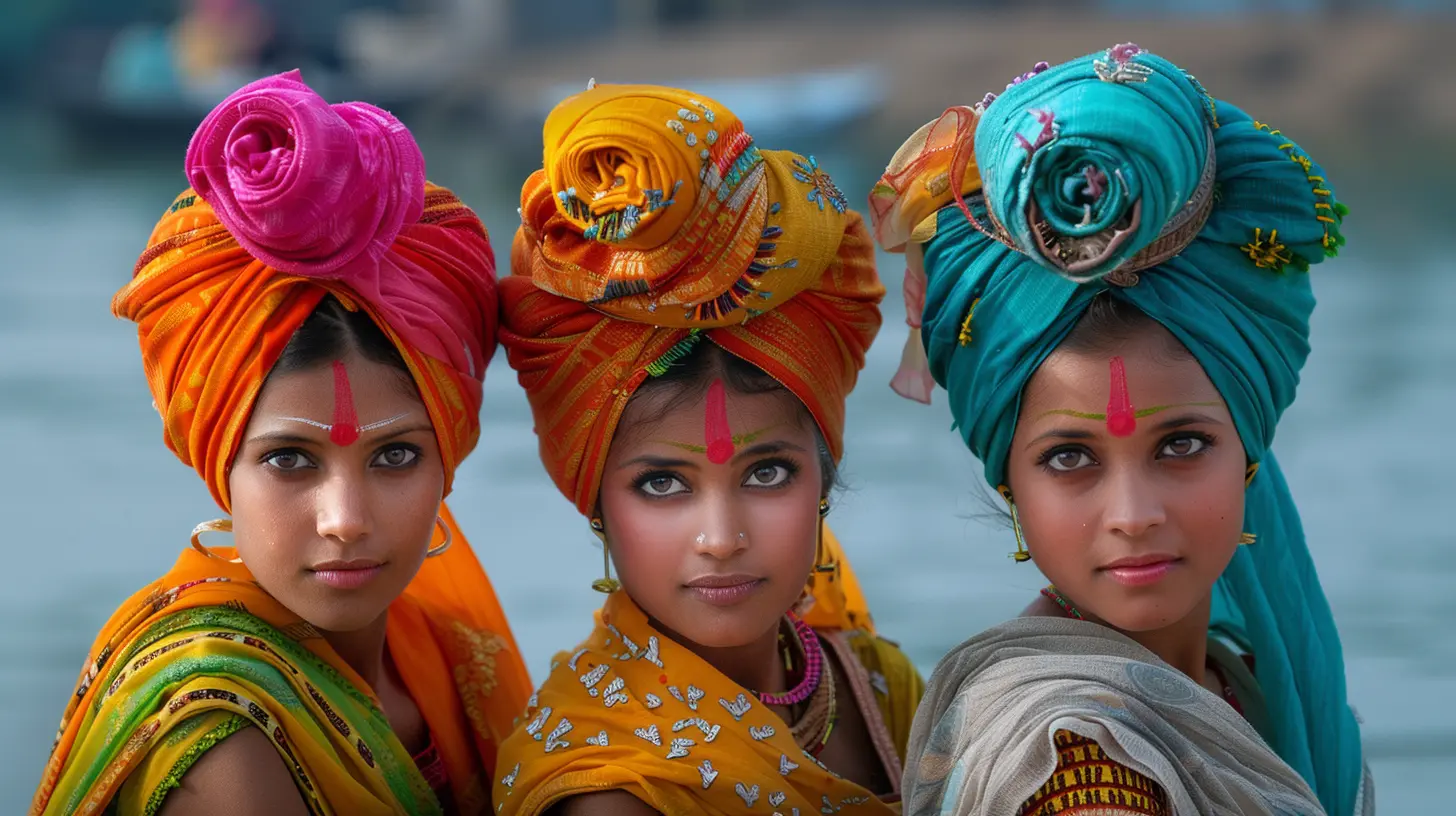
What Exactly Is Cultural Photography?
Let’s get the basics out of the way. Cultural photography focuses on capturing the traditions, customs, rituals, attire, festivals, daily life, and heritage of different communities around the globe.Unlike a quick selfie in front of the Eiffel Tower, cultural photography zooms in on the people behind the culture. It tells stories—authentic, raw, unfiltered (well, maybe just color corrected a bit). Whether it’s a Maasai warrior in Kenya, a flamenco dancer in Spain, or a tea ceremony in Japan, each photograph becomes a time capsule.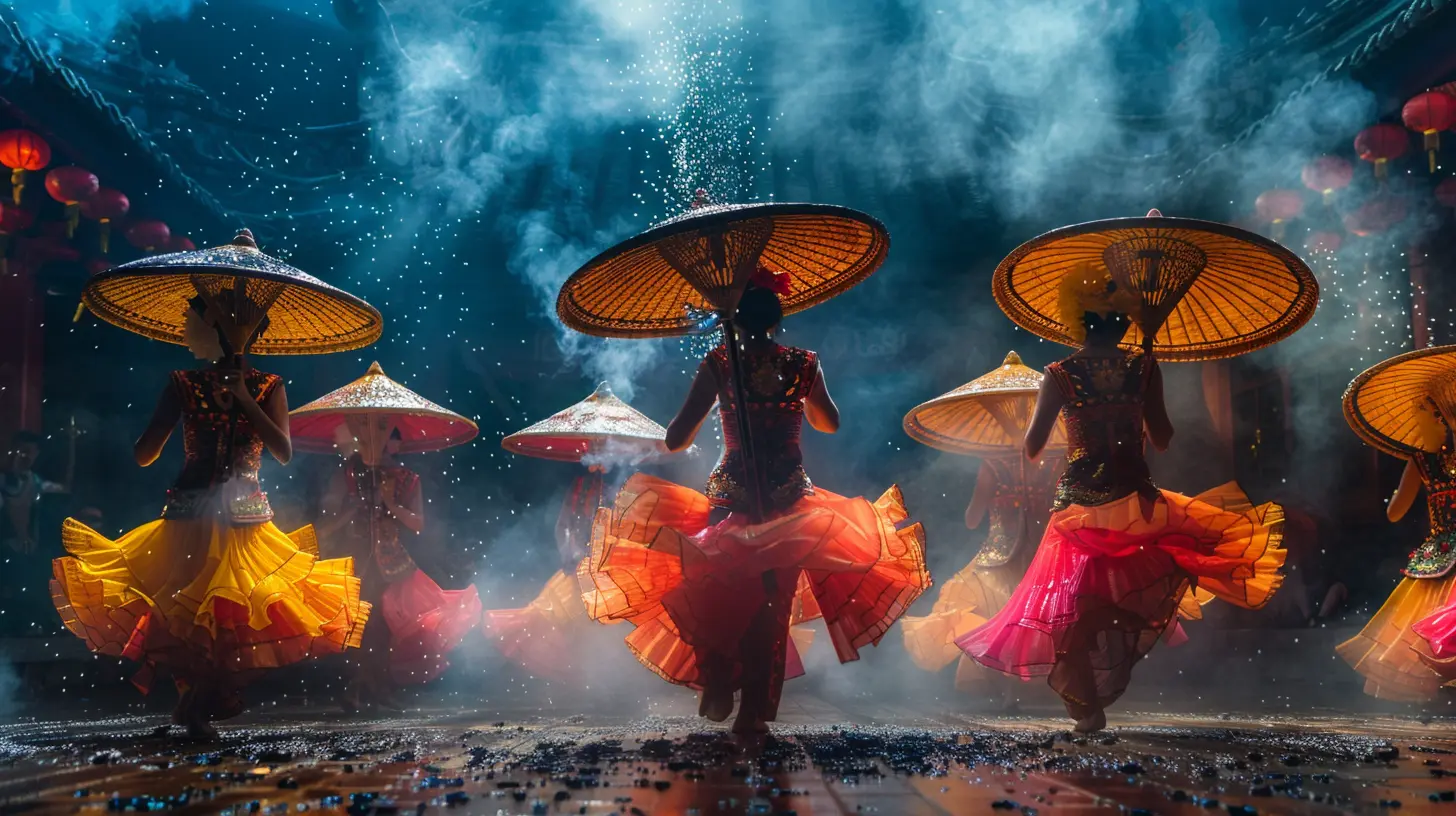
Why Does Cultural Photography Matter?
Seriously though, what’s the big deal about photographing traditions? Can’t we just Google them?Well, sure, but that’s like reading someone’s dating profile instead of actually meeting them. Cultural photography brings traditions to life. It’s not just visual—it’s emotional.
Here’s why snapping that perfect cultural shot isn’t just cool—it’s crucial:
- Preserves endangered traditions
Many customs are fading due to globalization. A single photo can keep them alive for future generations.
- Promotes respect and understanding
Photos can bridge cultural gaps and help us appreciate lives different from our own.
- Tells untold stories
Think of it as giving a voice to the voiceless—through imagery.
- Inspires travel and curiosity
Let’s be honest—how many times have you seen a stunning photo and thought, “I HAVE to go there”?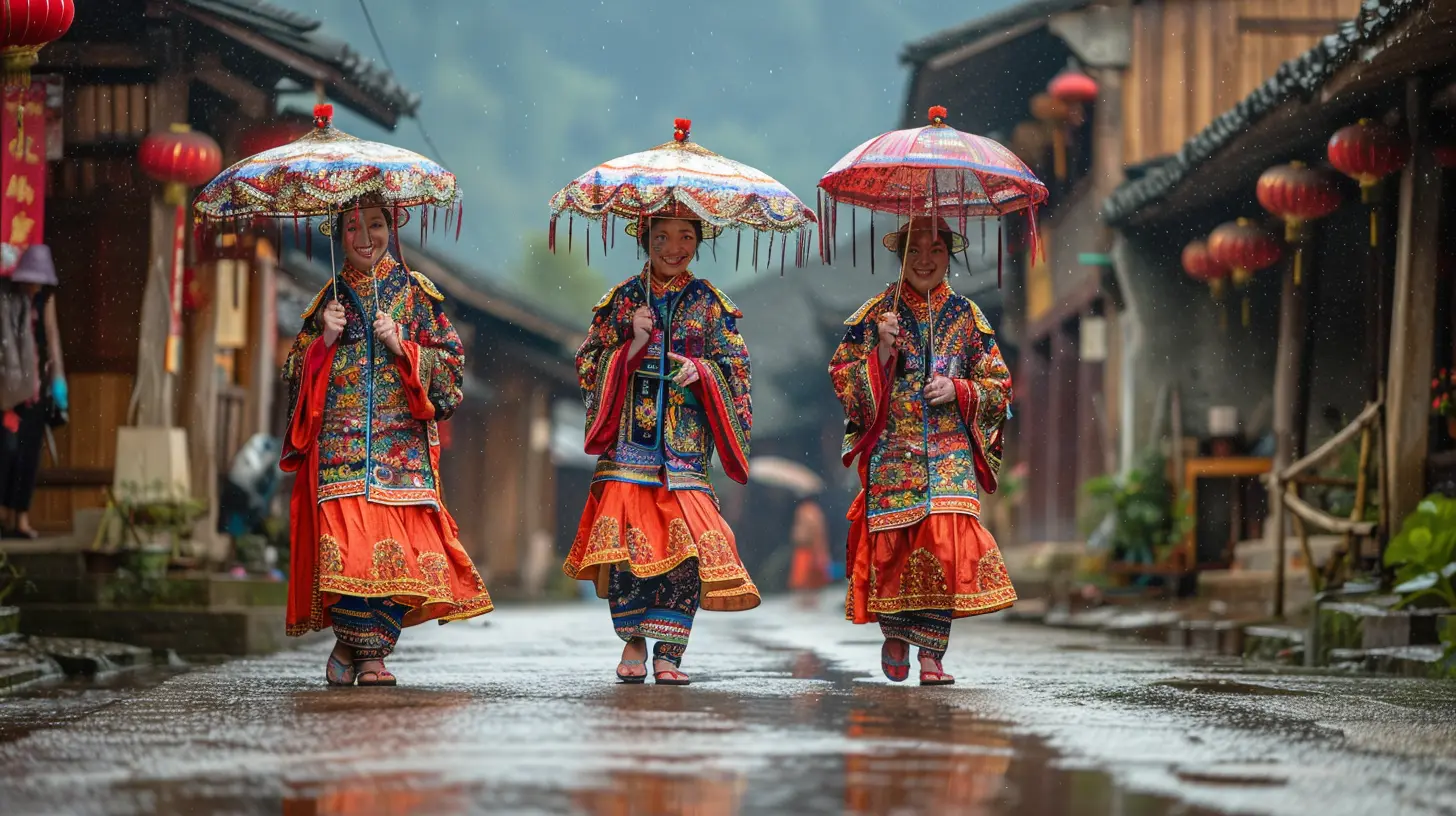
Snapshots of Soul: The Emotions Behind the Lens
One of the magical things about cultural photography is its ability to stir up emotions. Have you ever looked at a photo and felt like you were there? Smelling the spices, hearing the music, feeling the earth beneath your feet?That’s the soul of cultural photography. It’s photography with feeling.
Every wrinkle on a storyteller’s face, every burst of color in a Holi festival, every tender glance between a bride and her mother—it all says something. It tells you that tradition isn’t static. It lives, breathes, dances, prays, laughs, and cries.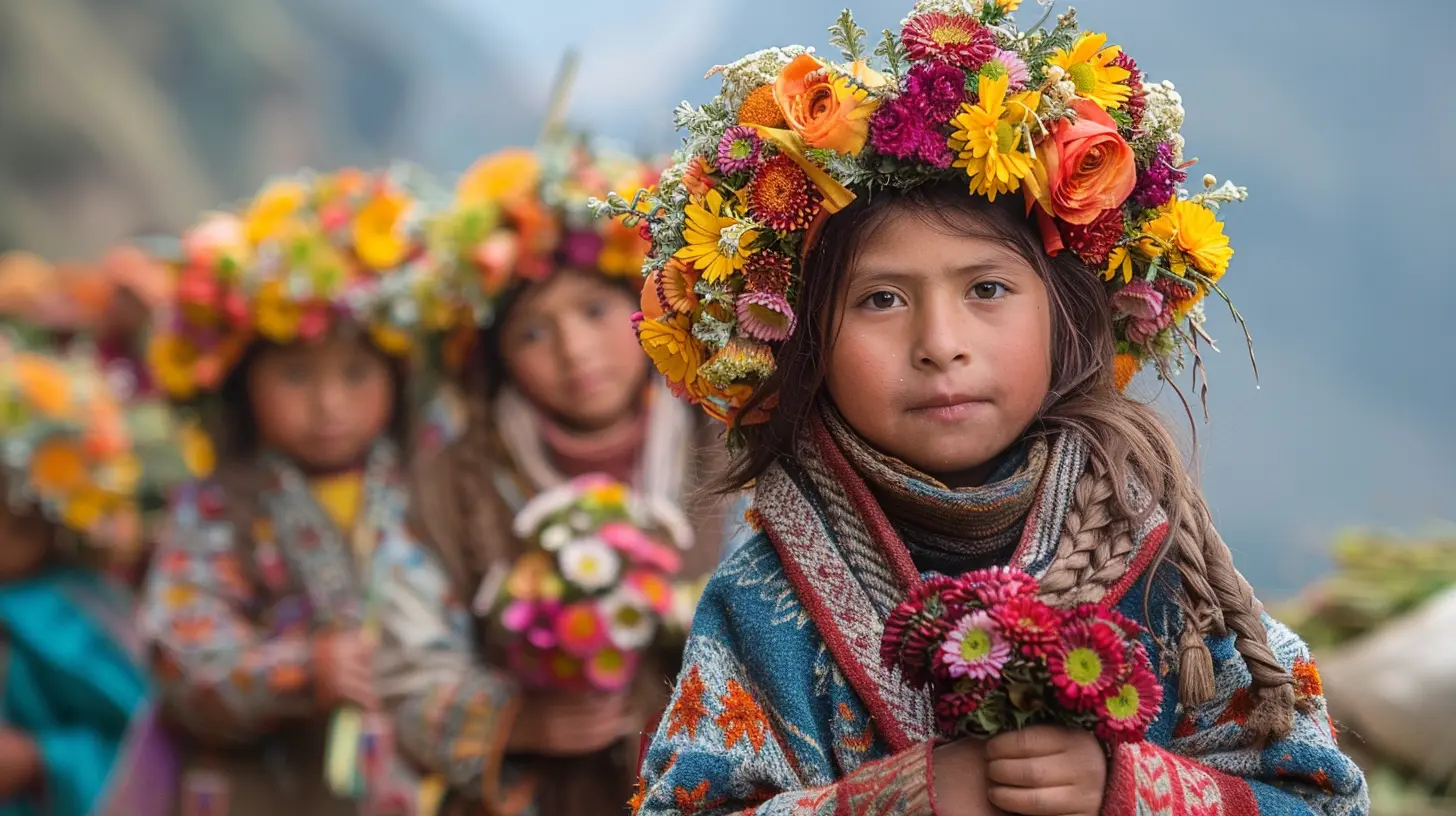
The Role of the Travel Photographer: Observer or Participant?
Ah, the age-old question: Should you just observe or actually engage?Honestly? A bit of both.
If you want to truly capture the essence of a culture, you’ve got to do your homework. Learn the customs, understand the do’s and don’ts, and respect the space. But don’t be shy! People love sharing their traditions—if asked kindly and respectfully.
Be a silent observer when needed, but also step into the moment when invited. Sometimes the best photos come not when you’re standing behind the camera, but when you’re dancing, feasting, or storytelling right alongside your subjects.
Gear vs. Guts: What Makes A Great Cultural Photographer?
Sure, having a fancy DSLR helps. But let’s get real—you don’t need $5,000 worth of gear to take impactful cultural photos. What you really need?- Curiosity: Ask questions. Lots of them.
- Patience: Great shots don’t happen in a rush.
- Empathy: Understand people’s stories before capturing them.
- Respect: Always ask before you click. Always.
- Timing: Festivals and rituals are the golden hour of culture.
Sometimes, your smartphone and a wide, open mind are more powerful than any lens.
Best Destinations for Cultural Photography (Add These to Your Bucket List!)
Looking for the best places to shoot traditions in full swing? Here are some breathtaking destinations brimming with cultural experiences:1. India
From the hustle-bustle of Varanasi to the colors of Rajasthan’s festivals, India is a goldmine. Think vibrant saris, ancient temples, chaotic markets, and poignant rituals.2. Japan
The contrast of modern and ancient here is mind-blowing. Capture peaceful tea ceremonies, cherry blossom festivals, or the solitude of a monk in Kyoto.3. Morocco
Adobe villages, snake charmers, and aromatic souks. Every corner smells like culture—and spices!4. Peru
The Andes, llama whispers, and the dances of the Quechua people. Oh, and don’t miss Inti Raymi, the ancient Inca sun festival.5. Kenya
From tribal face painting to Maasai jumping dances, Kenya offers a deeply rooted tribal culture. And the landscapes? Just a bonus.Ethical Photography: Don't Be That Tourist
Now, a little real talk.It’s easy to get caught up in the excitement and start snapping away. But here’s a golden rule: People are not props.
Ask for permission. Be transparent about your intentions. Sometimes a smile and a gesture are enough. If someone’s not comfortable, respect that. There's no magic filter that makes up for poor ethics.
Also, remember: The best cultural photographers aren’t just takers—they also give back. Share the photos. Tag responsibly. Donate to local initiatives if you can.
The Rise of Cultural Photography on Social Media
Let’s not kid ourselves—social media is where many budding photographers find their voice. And honestly? That's not a bad thing.Platforms like Instagram have made it easier than ever to share cultural stories with the world. But with great power comes—you guessed it—great responsibility.
If you’re posting cultural photos online, context matters. Write captions that educate, not just decorate. Share stories, not stereotypes. Let your followers hear the music behind the image.
Tips for Capturing Authentic Cultural Shots
Want to up your cultural photography game? Here's your cheat sheet:- Use Natural Light: It adds a dreamy, realistic vibe to your photos.
- Get Close (But Not Too Close): Fill the frame with emotion, not just faces.
- Include the Environment: A person in traditional attire is great, but so is the background that frames their story.
- Shoot Candid Moments: Unposed shots often speak louder.
- Talk First, Shoot Later: Build trust before pointing your lens.
Real Stories Behind the Lens
Let me share a quick tale.A friend of mine, Jenna, was traveling through Nepal when she stumbled upon a traditional wedding taking place in a small village. Instead of hiding behind a tree with her zoom lens, she introduced herself, offered to help with the decorations, and ended up becoming an honorary guest.
Her photos? Stunning. But more than that, they captured genuine moments—smiles, laughter, even tears. And guess what? She still gets invited to the village’s events. That’s the power of connection through culture.
Final Thoughts: More Than Just A Photo
At the end of the day, cultural photography is about connection.Yes, the colors are amazing. Yes, the costumes are mind-blowing. But the real magic lies in the stories—the grandmother passing down a weaving technique… the child preparing for their first festival… the elder singing chants older than we can imagine.
So next time you're packing your camera or iPhone for your next adventure, ask yourself: Am I here to collect pretty pictures? Or am I here to capture the beating heart of tradition?
If it’s the latter, then welcome to the tribe of cultural storytellers.
all images in this post were generated using AI tools
Category:
Cultural ExperiencesAuthor:

Tracie McAdams
Discussion
rate this article
2 comments
Arianth McNeal
Beautifully expressed! Cultural photography not only captures moments but also preserves traditions, connecting us to diverse histories and experiences. Keep sharing!
September 9, 2025 at 4:19 PM

Tracie McAdams
Thank you for your kind words! I'm glad you appreciated the article and the significance of cultural photography in preserving our heritage.
Sara Barnes
Cultural photography beautifully captures the essence of traditions, offering a glimpse into unique lifestyles and inspiring meaningful connections with diverse communities.
June 24, 2025 at 3:34 PM

Tracie McAdams
Thank you! I'm glad you resonate with the essence of cultural photography and its ability to connect us with diverse traditions and communities.
